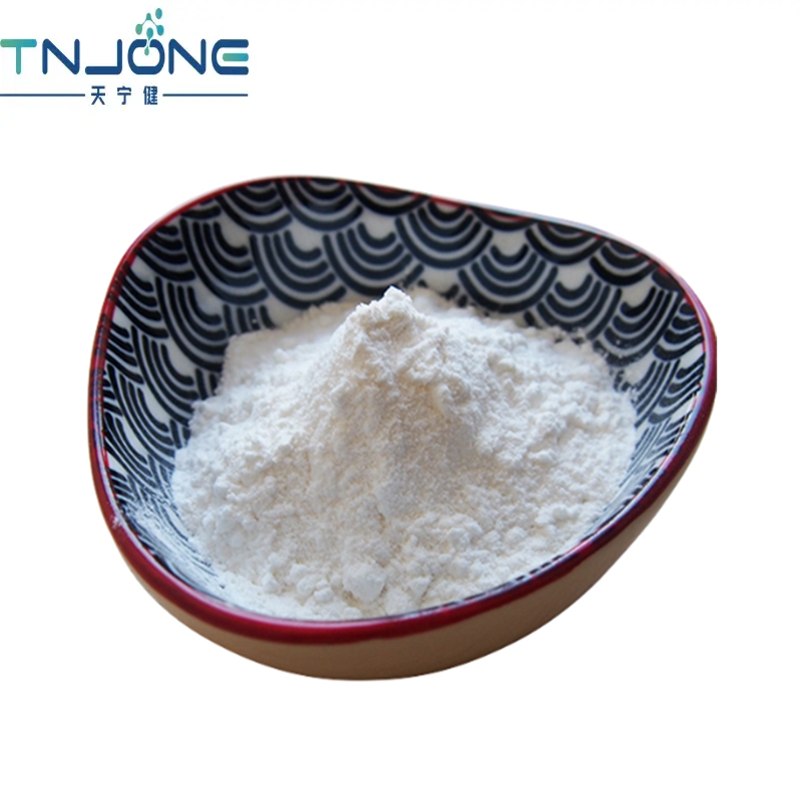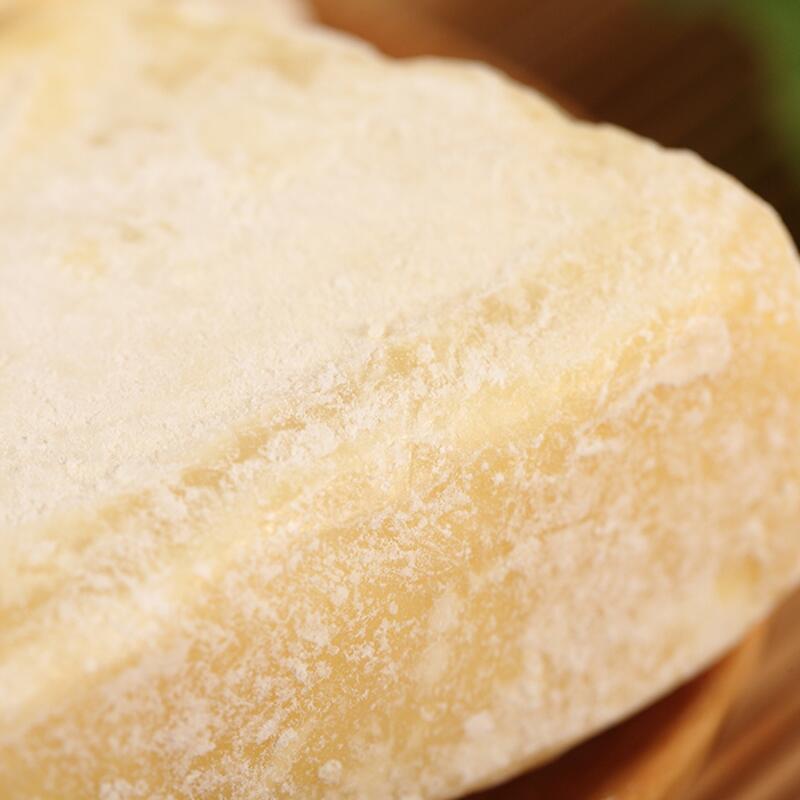-
Categories
-
Pharmaceutical Intermediates
-
Active Pharmaceutical Ingredients
-
Food Additives
- Industrial Coatings
- Agrochemicals
- Dyes and Pigments
- Surfactant
- Flavors and Fragrances
- Chemical Reagents
- Catalyst and Auxiliary
- Natural Products
- Inorganic Chemistry
-
Organic Chemistry
-
Biochemical Engineering
- Analytical Chemistry
-
Cosmetic Ingredient
- Water Treatment Chemical
-
Pharmaceutical Intermediates
Promotion
ECHEMI Mall
Wholesale
Weekly Price
Exhibition
News
-
Trade Service
Daily Mail published a picture entitled "Breakfast at the Championships." The photo, taken from Miami Heat star Wade's tweet, shows breakfast as normal: a sandwich made of ham, eggs, wholemeal bread, a glass of yellow orange juice, a can of sports drink, the only unusual thing that's probably a glass of "half-Jiangser half-red" in the middle. The mystery drink is said to have been made by Wade's personal chef, Richard Ingraham, and consists of ginger, beets and the magical little molecule, serrel.the Daily Mail, Ingraham called the drink a natural version of Red Bull that "keeps Wade energized and healthy." Wade, who was once meat-free, also seemed to buy Ingraham's account, receiving guidance, changing his taste, and starting with a salad of fruits and vegetables, chicken breasts and pasta. Does this "green" recipe, and the sip of yeotin, really bring Wade a steady stream of energy?is well known that chelorophyte is the secret of plant leaves and the small molecules that plants use to capture the conversion of light energy into chemical energy. In the animal world, only a sea rabbit found in the sea not long ago, and nothing else, can use light energy in green. Our human body is no exception, curlyin to eat in the stomach, but also with other food molecules are digested, decomposed, absorbed, no currthion can run under our skin for "photocombination." So let's look at the nutritional value of the molecules of yelorotin.common serotonin in the united States are two kinds: clerring a and cyanobacteria b, algae also have c, d, f several kinds of serotonin. In general, these chloroceon structures are somewhat similar to a long-handled spoon, which is made up of long side chains of atoms such as hydrocarbon nitrogen, and the spoon head is chlorin, with a magnesium ion embedded in the center. Under the action of stomach acid in the digestive tract, natural chloroenotin is mostly converted into de magnesium chloroerin.the body's absorption efficiency of de magnesium chloroeride is very low, about 5%. This 5% does not provide much energy. However, the magnesium provided by chloroerin is a mineral vital to the human body. The National Institutes of Health's web page has recommended sources of magnesium in some diets, including leafy green leafy vegetables such as chlorosteroid-rich spinach, beans and nuts, and low magnesium in refined rice noodles.About 50% of the magnesium in our bodies is hidden in the bones, while the rest is distributed inside and outside the cells, assisting ATP and many other important molecules to perform physiological functions , from blood sugar, blood pressure, heart rate control, to immune function regulation, and even energy metabolism and protein synthesis. Many studies have shown that magnesium reduces the risk of high blood pressure, diabetes, stroke, cardiovascular disease and other diseases. Experiments have also shown that taking magnesium supplements can reduce urine calcium loss and significantly increase bone density in menopapaedan women.hypognesium deficiency include loss of appetite, weakness and fatigue. In addition to eliminating these symptoms, taking magnesium supplements can also enhance exercise endurance. In one study, 187 coronary heart patients were divided into two groups, one taking 365mg of magnesium citrate daily and the other taking a placebo. The bike caused chest pain, and after six months, the magnesium citrate group had a 14 percent increase in endurance compared to the placebo group, and exercise caused less chest pain. Another experiment had similar results, with significantly increased exercise endurance in the volunteers who took magnesium oxide orally.for a healthy adult, take 400mg of magnesium a day - 100mg if you include half a kilo of spinach in your diet. From this point of view, the addition of chloroerin for people who do not have enough magnesium intake, can indeed play a role in enhancing physical strength.However, too late, if you take too much magnesium, then the end result is similar to magnesium deficiency, the same will cause loss of appetite, fatigue and weakness, and even nausea diarrhea, low blood pressure, plus irregular heart rate. There is currently no upper limit on natural magnesium intake in food, but adults should not consume more than 350 milligrams of magnesium per day from supplements if supplements are taken additionally. Some laxatives or antasts contain large amounts of magnesium and require special attention when taking them.addition to magnesium, chloroerin and its derivatives themselves are also hot topics of research. In the past, for example, animal and human experiments have shown that natural curchycin inhibits the absorption and carcinogenic effects of aflatoxin. A clinical trial in the U.S., which lasted from 2006 to 2011, recruited a large number of non-smoker volunteers between the ages of 18 and 45 to see if dietary components could reduce mutations in the upper exteste and blood cells of the digestive tract and even prevent bowel cancer. It was found that when meat was cooked at high temperatures, carcinogens such as heterocyclic amines (HCAs) benzene (a)were produced in the grilled meat, while chlorocerin derivatives chloroic acid, yogurt, crossflower vegetables (canola, mustard, radish, cauliflower, cabbage, kale, etc.) did inhibit the variation caused by these mutants. In the food industry, chloroerin, which is used as a natural pigment, is a very safe food additive.All in all, yelorotin is indeed a small molecule with a "promising future", but it is not necessary to take purified serenity supplements. If your plate is "green", then your diet must contain many ingredients that are good for your health and physical strength - not just chlorophosphate, but also rich in minerals such as vitamin B, vitamin C, folic acid, potassium calcium and magnesium, and dietary fiber that are often lacking in modern fine diets. Why not have to worry about the side effects of taking too much supplements?







